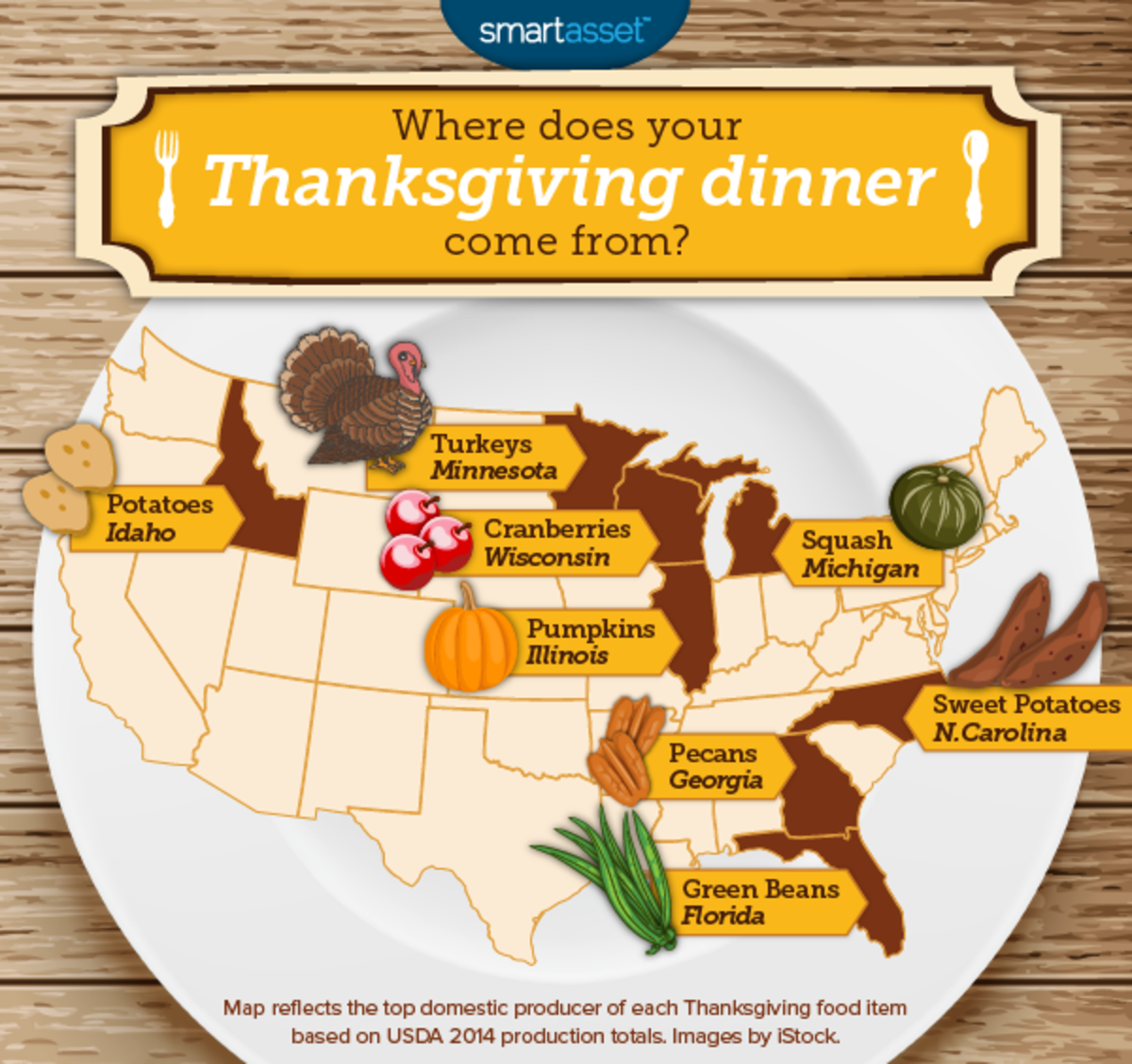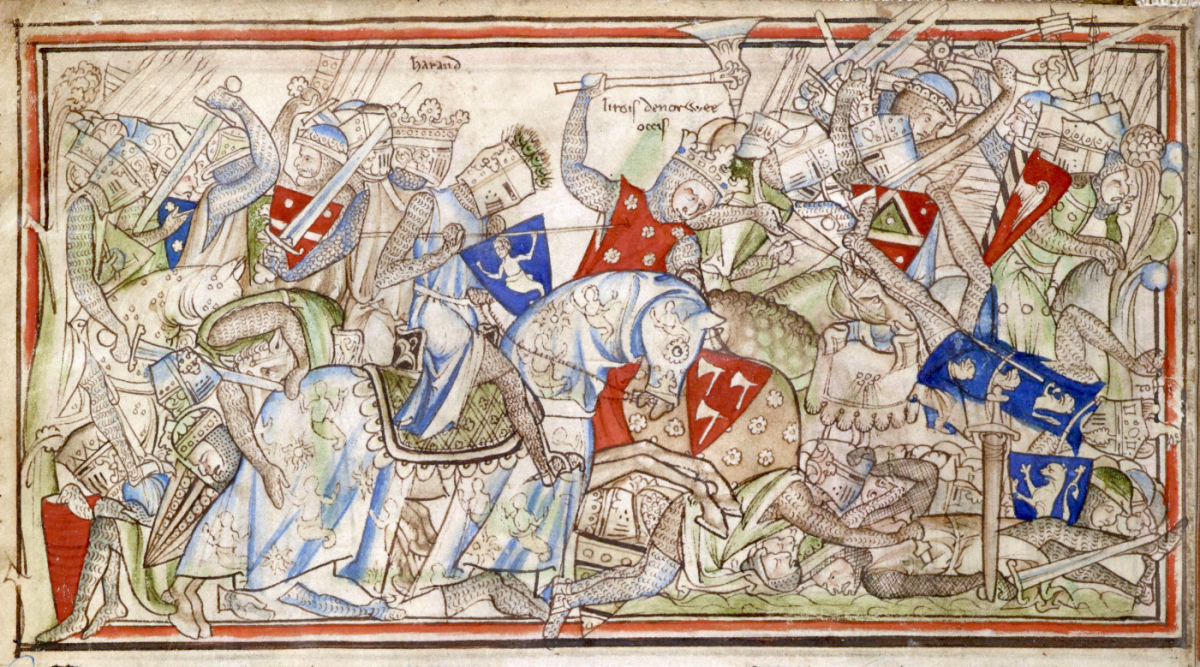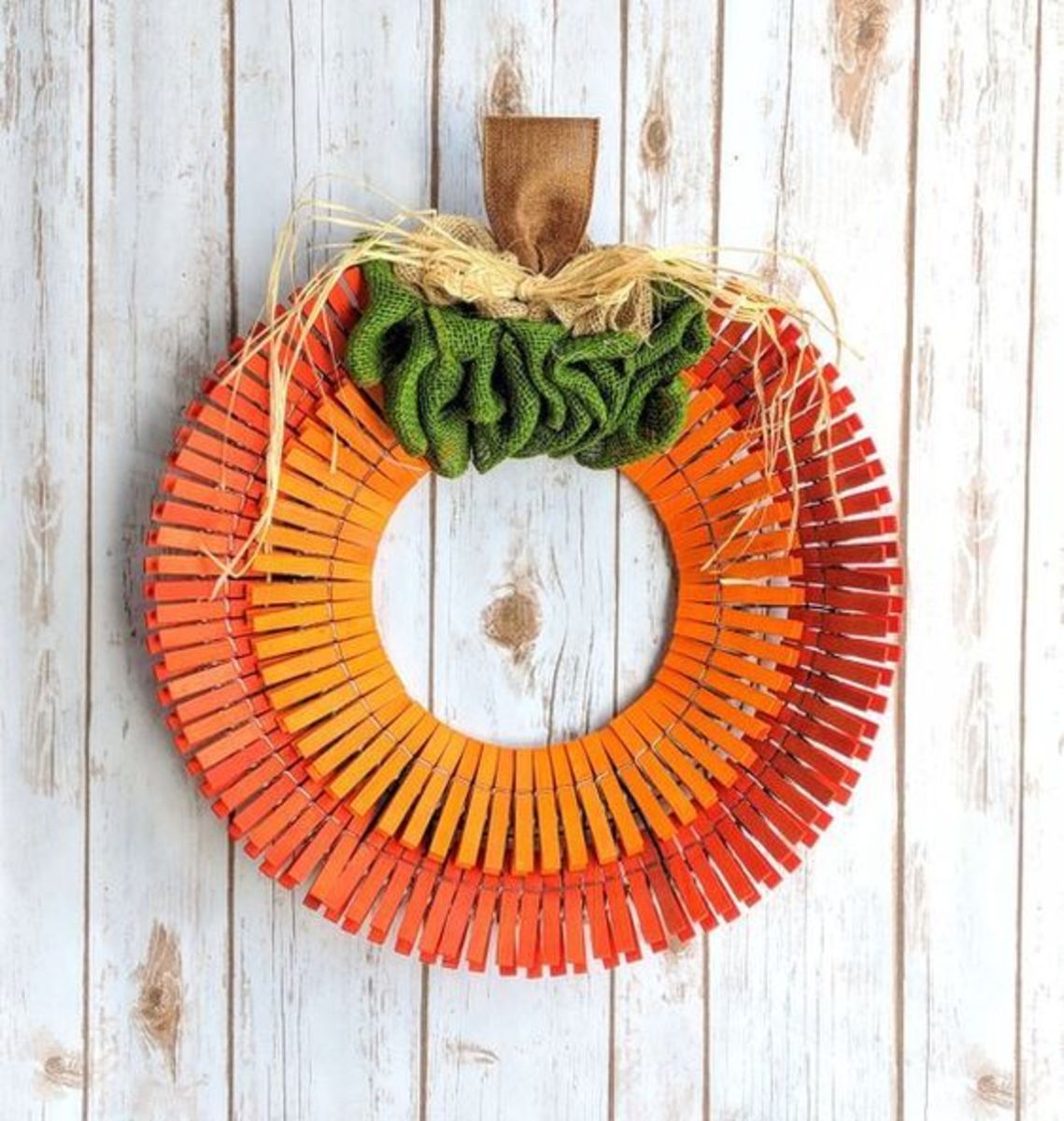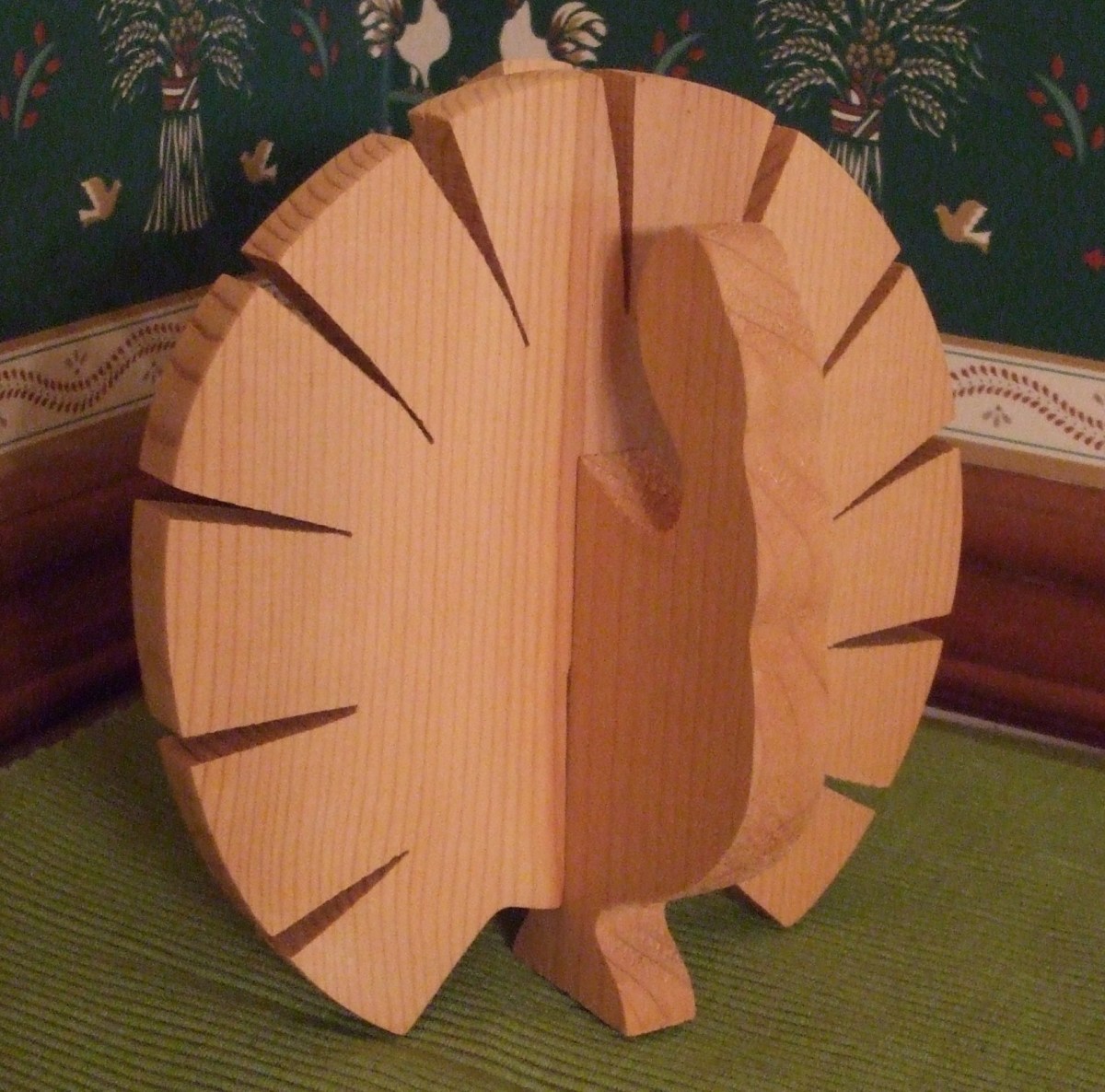What is Lefse: A Thanksgiving Day History of Lefse
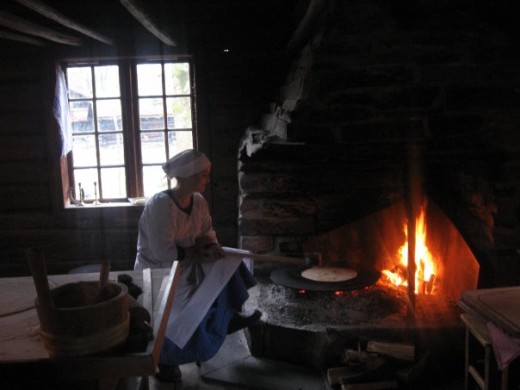
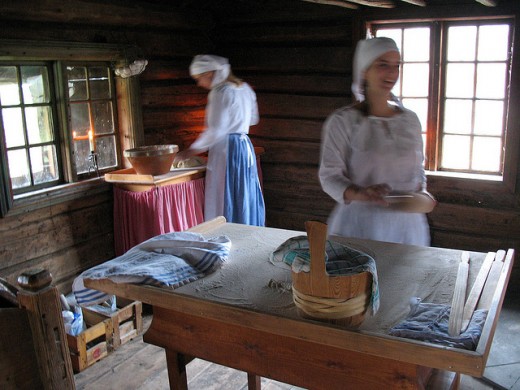
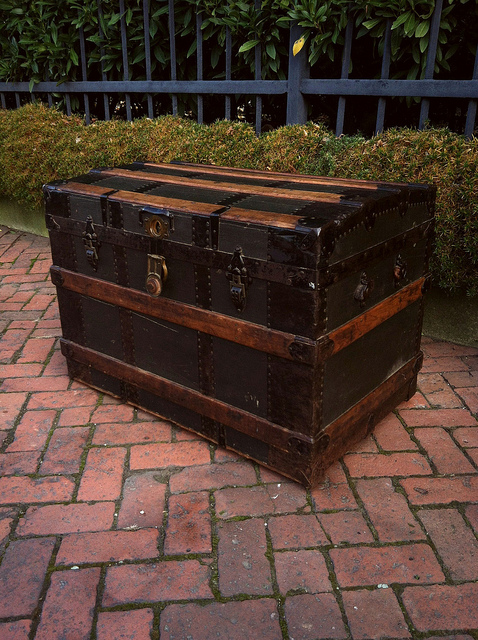
Norwegian lefse dates back to the Vikings when they traveled the seas. In Norway, before the long ship voyages, women would go house to house spending several days making lefse. This variant of lefse did not include potatoes, but instead likely contained wheat, rye, and barley flour. The specific kind of lefse using these flours is called Hardanger lefse. This type of lefse resembled crackers more than the lefse we are accustomed to today. Often times fishermen and other people would be making homemade beer in the same building for the ship voyage.
Once the lefse women were done cooking using an open fire / lantern light, they stacked the lefse into barrels, kistes, sea chests, or steamer trucks; like the example one to the right.
In the mid 1800’s (1820 - 1875) over 855,000 Norwegians decided to emigrate to the United States. There were two major reasons for this migration. The first reason they moved was land. Much of Norway is a mountainous rocky soil. Some estimates are that only 4% of 125,000 square miles could be plowed and have a crop raised. However, huge boulders and rocks still were in the way of initial plowing, as shown in the photograph to the below.
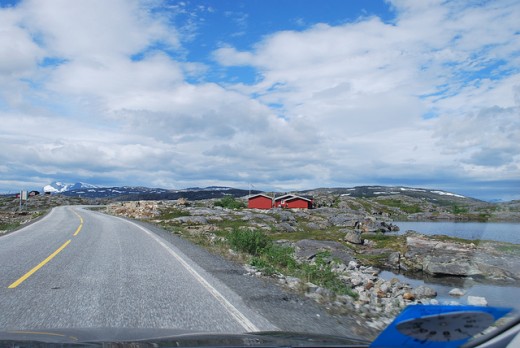
America, on the other hand, had launched the Homestead Act of 1862. President Abraham Lincoln signed this bill into law, giving immigrants 160 acres of land for a small filing fee and living on the land for five years. This easy fertile land drew many Norwegian farmers.
The other reason for this migration was the social situation in Old Europe. Many viewed this rigid feudal hierarchy with disdain as the poorer classes had to often submit to the rich. The American dream of building a life with your own two hands, without being under a feudal hierarchy, was very appealing to these Norwegians.
When these Norwegians came to America they brought lefse and Lutefisk, along with a number of other rich traditions. Before this migration, lefse had also undergone an interesting change: Potatoes. Introduced in Norway around the mid-1700s, recipes started including potatoes instead of the wheat and barley of years gone by.
Fast forward to modern day: Many North American Norwegian descendants use the potato recipe during holidays to make this festive dish. These flat breads often have butter spread and sugar sprinkled on them. While they may look like tortilla’s, the potato taste and delicacy is quite distinct.
However, in Norway, lefse is not viewed as a holiday dish. Instead this is viewed as a daily year round treat. Furthermore, there have been a number of alternative lefse recipes that are now popular in Norway. These include a “thick lefse” that resembles a coffee cake and a cheese lefse, similar to a grilled cheese sandwich. It is also interesting to note that many Norwegians do not use potatoes in their recipes, but instead stick with the older wheat, barley, and rye flour.
Different Kinds of Lefse:
Here are the different kinds of lefse that are made in the world today.
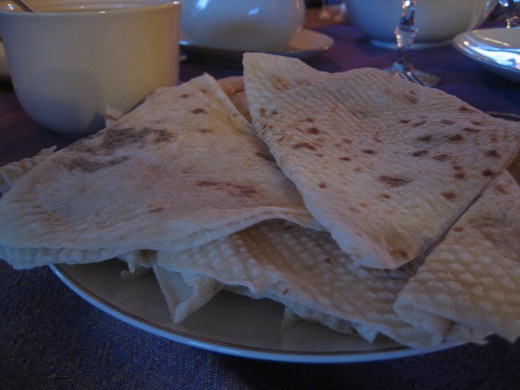
Here is an example of traditional potato lefse that many Norwegian decedents use in America during the holidays:
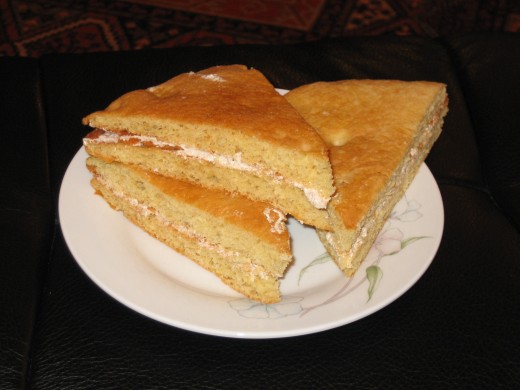
Here is an example of Tjukklefse or tykklefse (aka Thick Lefse) which is served much like a coffee cake.
I could not find a creative commons photo of Møsbrømlefse (mixture of cheese in lefse wrapping), so here is a link to several photos on Google Images.
How to make potato lefse
While there are many lefse recipes out there, here is a fairly easy one to make. It will take about an hour to prep and cook; and will be ready to eat in two hours. (After they completely cool)
Ingredients
- 1/2 cup butter
- 1/3 cup cream (heavy)
- 2.5 cups of all purpose flour
- 10 pounds of peeled potatoes
- 1 tablespoon sugar
- 1 tablespoon salt
- One Potato Ricer
- One Pastry Cloth
Directions
Step #1
Simmer the potatoes in hot water until tender. Drain water then put the potatoes through a potato ricer.
Step #2
Put these mashed potatoes, butter, salt, sugar, flour, and cream in a bowl and mix them up. Once proper texture, form a ball. (Between golf ball and tennis ball size)Flour a pastry cloth and roll the lefse balls out using a grooved rolling pin. You’ll want them to be about 1/8 inch thick.
Step #3
Cook them on a hot griddle (400 degrees Fahrenheit) until the side lightly browns. Once both sides are lightly brown, remove and place to cool. Once cooled, they are ready to serve.


